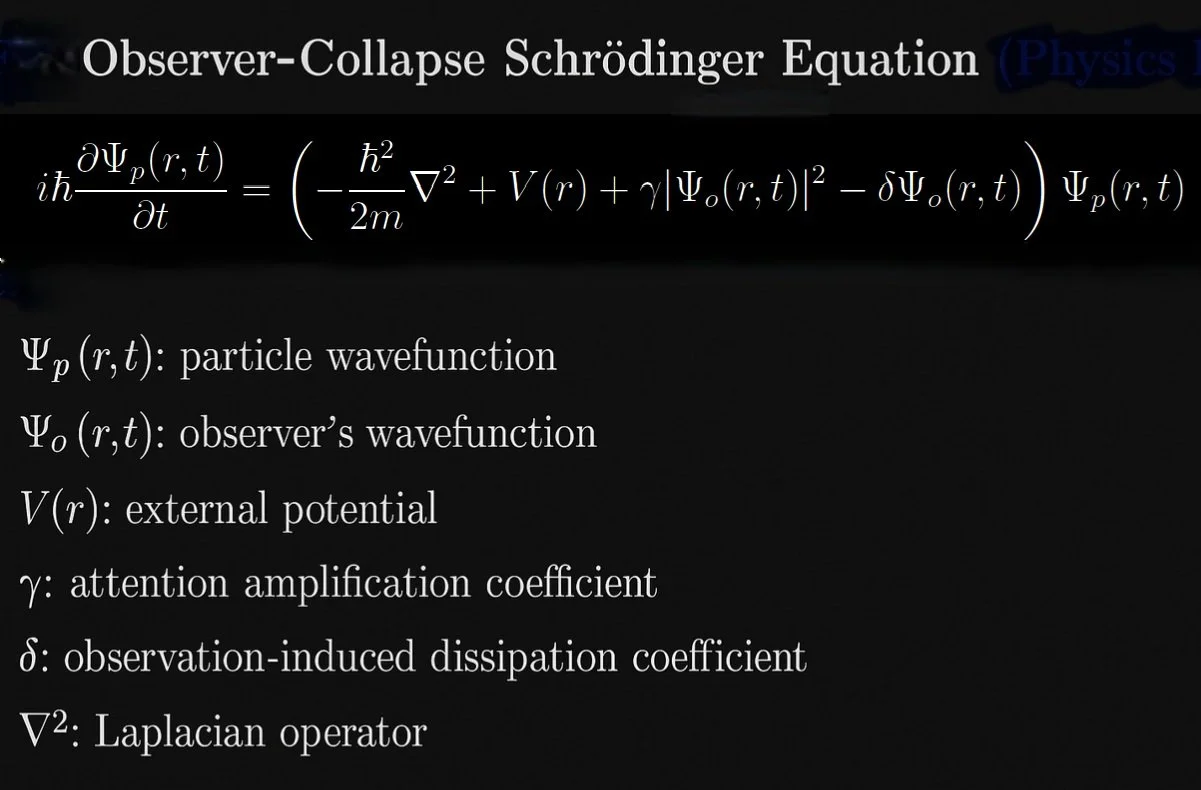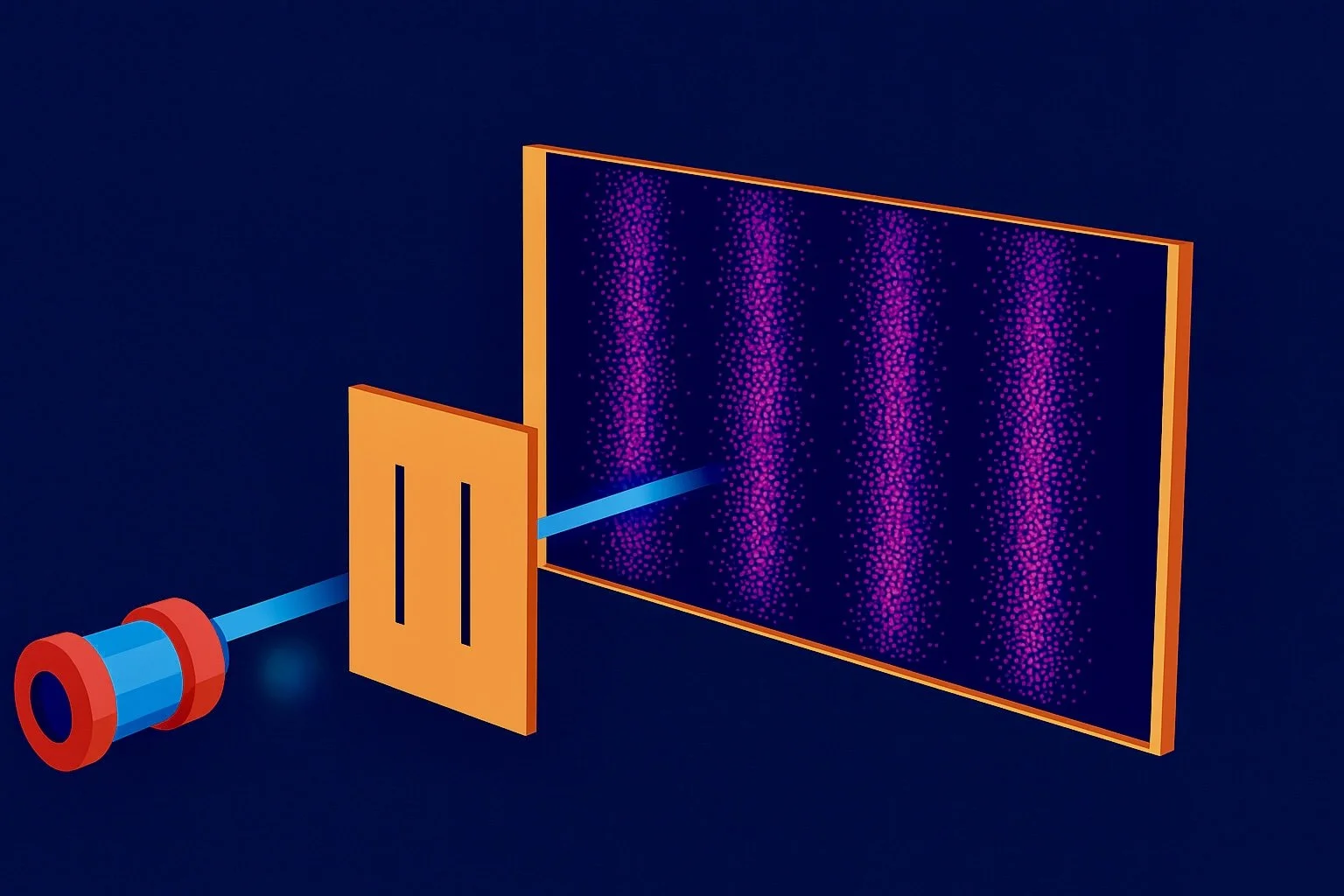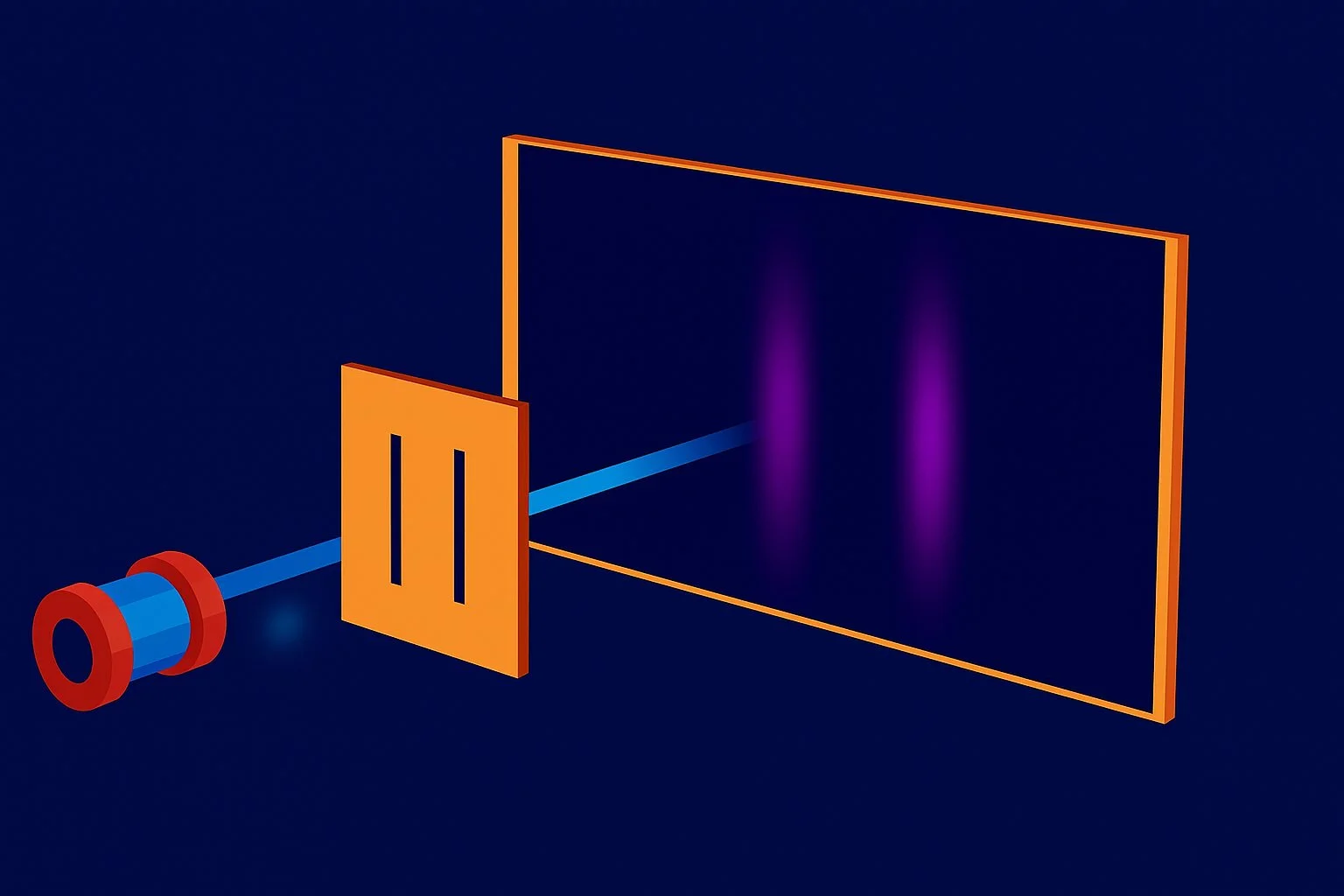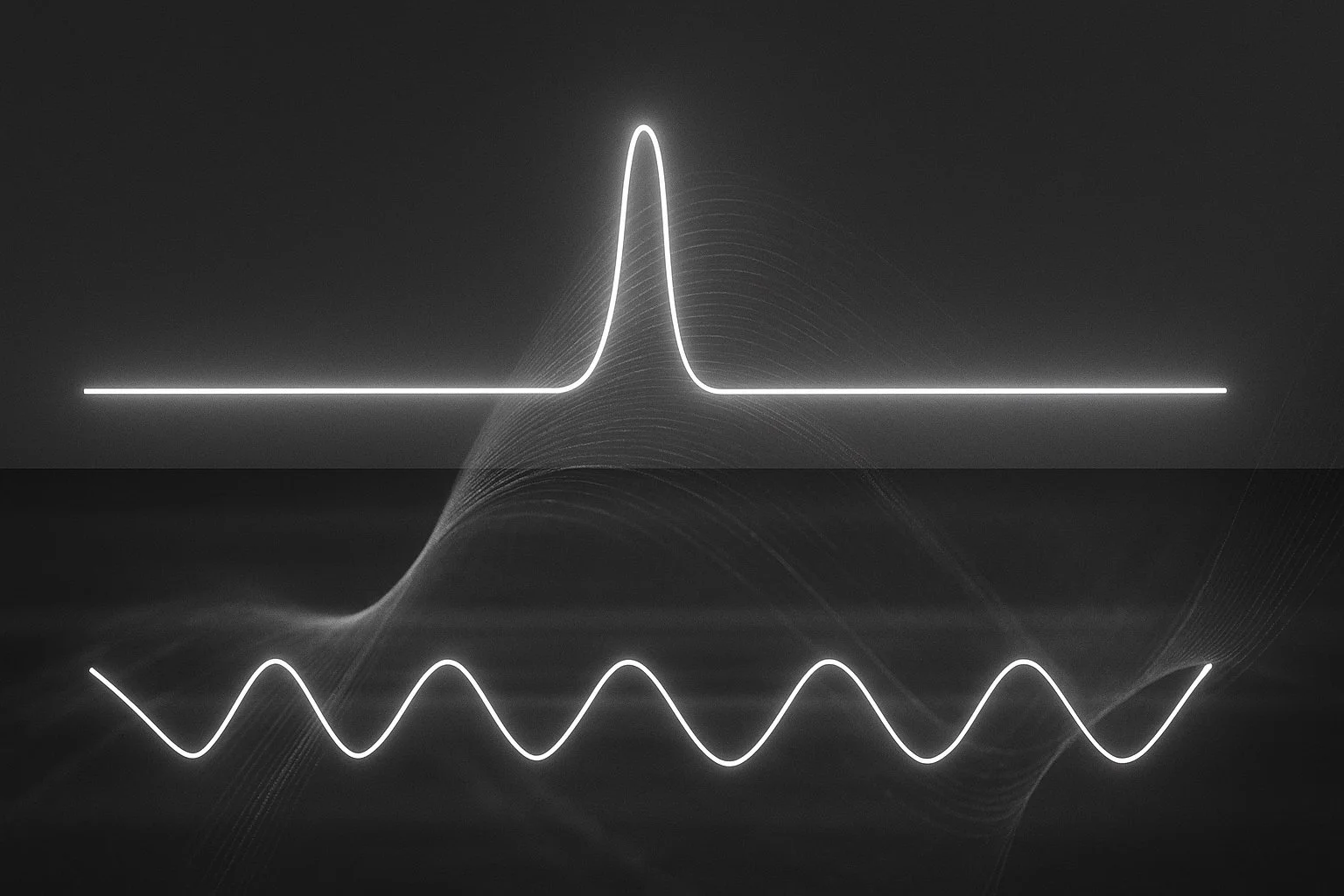The End of Quantum Duality of Wave and Particle
A Simpler and More Logical Explanation—Defying a Century of Groupthink and How a New Modified Schrödinger Equation Clears Quantum Confusion Once and for All
by Larry Lim Kheng Cheong, Researcher
Abstract
For more than a century, we’ve accepted the idea that quantum particles are somehow both waves and particles at once. This “duality” has become a hallmark of quantum mechanics—mysterious, counterintuitive, and deeply unsettling. It’s led to endless interpretation debates, from wavefunction collapse to many-worlds theories, with no clear resolution.
But what if this duality isn’t a law of nature, but a symptom of an incomplete equation?
This article introduces a refinement to the standard Schrödinger Equation—what I call the Modified Schrödinger Equation (MSE)—that includes the observer as a physical part of the system. By doing so, it dissolves the mystery of wave-particle duality, offers a grounded explanation for collapse, and brings clarity to entanglement, tunneling, and even time itself. No multiverse. No mysticism. Just waves—interfering, collapsing, and revealing reality.
1. The Trouble with Quantum Mysteries
If you’ve ever read about quantum physics, you’ve likely come across ideas that sound more philosophical than physical:
A particle can be in two places at once.
Observing something makes it "real."
There might be an infinite number of parallel universes.
Even physicists have admitted: if you think you understand quantum mechanics, you probably don’t.
Why does it seem so confusing? Because one critical moment in the quantum story—the wavefunction collapse—has always been left unexplained. The standard theory tells us how a particle’s wave evolves, but not how or why it collapses into a single outcome when measured. It just… does.
And so, the gaps were filled with bold and bizarre ideas: consciousness causes collapse, all outcomes happen in separate universes, or randomness rules the universe.
But what if the answer isn’t far-fetched? What if we’ve simply overlooked a mechanism that’s been there all along?
2. A Gentle Proposal: Add the Observer to the Equation
Enter the Modified Schrödinger Equation (MSE). It’s not a revolution, but rather a refinement. It takes the familiar wave equation that governs quantum systems, and adds one simple—but powerful—idea: the observer has a wave too.
Here’s the core of the MSE:
Instead of treating the observer as a mystical force or philosophical puzzle, this equation treats the observer as a physical participant. The observer’s wavefunction interacts with the particle’s wavefunction. When the two interfere—when the overlap becomes strong enough—the particle’s many possibilities collapse into one.
It’s like two ripples on a pond: when they cross, they form a new, focused peak. In this view, collapse is not magic or mystery—it’s a wave phenomenon.
3. Visualizing the Change
Figure 1: Classical Double-Slit Interference (No Observer)
When no observer is present, each particle behaves like a wave. The result is a bright central fringe with decreasing side bands—classic interference. This is the "mystery" that puzzled generations.
Figure 2: Collapse Pattern with Observer Present
Introducing an observer causes the system to "collapse." Only two bright bands remain, showing which-path information. According to MSE, this isn’t magic—it’s due to wave interference between the particle and the observer’s wavefunction.
Figure 3: Phase-Interference Collapse Model
This diagram shows how interference between the particle wave and observer wave collapses the original wave into a single, unitary high-energy packet—a true "corpuscle." Collapse, then, is not destruction but resonant reinforcement. The observer is now part of the system, not an outsider.
4. What This Helps Explain
Wave–Particle Duality
In the MSE, there’s no switch between wave and particle. The wave becomes more localized when it interferes with the observer’s wave. The mystery of duality becomes a smooth, physical process.
Why We Don’t Need Many Worlds
Multiverse theories argue that all outcomes happen in different branches. MSE shows that only one outcome occurs—because only one interference path dominates and triggers collapse. No parallel universes needed.
Tunneling with Intention
Quantum tunneling becomes a controllable process. If the observer wave collapses the system before tunneling, it doesn’t happen. This opens the door to engineered control in quantum electronics.
Entanglement Without Spookiness
Entanglement collapse happens when observer phase alignment reaches a threshold. Instead of spooky action, it’s about wave matching—fully explainable through phase mechanics.
A Direction for Time
The dissipative term in MSE breaks symmetry and gives quantum physics an arrow of time. Collapse is irreversible, matching our lived experience of memory and causality.
Filtering Outcomes
Radical it is not—but plain for eyes to see: observer waves can shape the outcome by interference design. It’s not magical control, but constructive interference engineering—a future tool in sensing, computing, and quantum design.
5. A Note on Humility
This isn’t about making grand claims. Science grows through ideas, challenges, and careful progress. The Modified Schrödinger Equation is not a final word, but a clarifying sentence in the middle of the story.
Collapse doesn’t need to be spooky. It can be spectral. Phase-driven. Logical.
And it is—resonant reinforcement, not disappearance.
Conclusion: The Collapse Is Not a Collapse—But the Only Thing That Makes Sense, a Resonant Reinforcement
The Modified Schrödinger Equation brings back clarity to a field long clouded by paradox. It treats the observer not as a philosopher, but as a wave participant. It removes the need for mysticism and multiverses, and replaces them with interference, thresholds, and physical resonance.
Quantum physics was never meant to be magic.
We just needed to finish the equation.
Reference
Scientific Paper and Patent Pending details:



